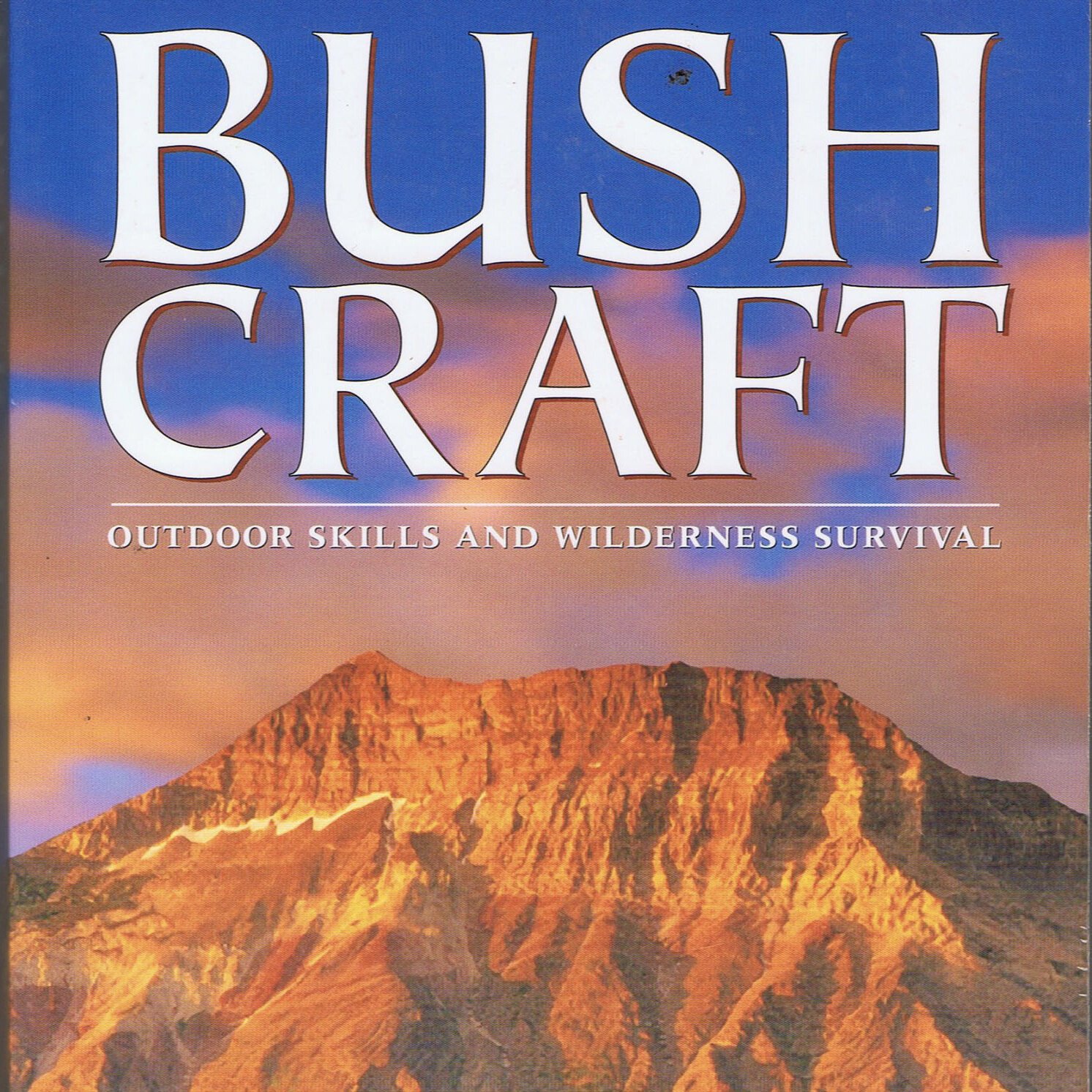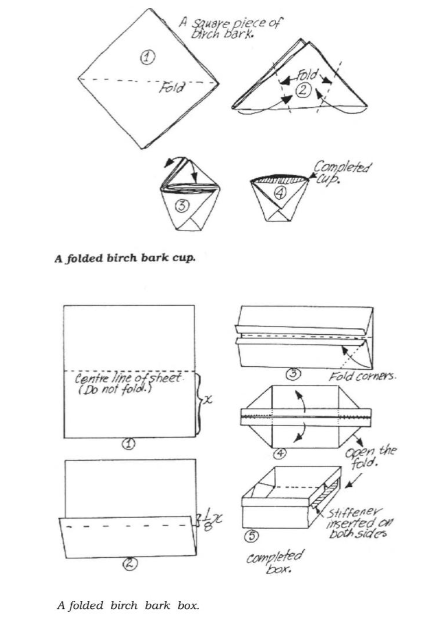The taiga or boreal forest is the Earth’s largest land biome.
Many of my readers probably live in this area, so some recommendations for survival in these regions is warranted.
With this in mind, the next book reviewed for the Survival Library is “Northern Bushcraft” by Mors L. Kochanski.
Note that this book may also be encountered simply entitled “Bushcraft”.
Some copies include a section of colour photographs at the end of the volume.

I was actually surprised to reach the end of the book and discover Kochanski was a Canadian. The early chapters seemed to have a Scandinavian vibe.
In my previous review I commented that many survival manuals are “much of a muchness”. Many seem to be clones of FM 21-76 with a few embellishments by the author.
Northern Bushcraft is another book that takes a different approach. It does not cover as many topics as a typical survival manual, but those it does cover, it covers in greater depth than is usual.
Logically enough, the book begins with firecraft.
Most survival manuals mention the friction fire drill. Some even suggest that you cannot be a “proper” survivalist unless you can light a fire with this device.
Kochanski goes into much greater detail regarding this device. He discusses how different components require different properties and which woods are most suitable for their construction. There are numerous other useful tips and advice on this subject.
If you have struggled with friction firelighting, or just want to get better, this chapter is well worth a read.
Also, check-out this variation.
Various other fire-related topics are covered. Particular emphasis is given to ensuring a fire is really extinguished and will not ignite long after you have left the area.
“Stone Rimmed Fire Places. A common, though unnecessary practice, is to ring open fires with stones. This practice is based on the claim that the stones confine a fire and make it safer, yet many forest fires are in fact traced to such fireplaces. There are, however, justifiable uses of stones in a fire: to store warmth in a closed shelter: to support pots when no other means arc available: and to produce steam for a steam bath or a steam cooking pit. Rocks used without good reason arc needlessly defaced and, unless they are scattered after use. leave a permanent marker of the campfire. A stone fireplace also requires more effort to cool, and the stones that are not moved aside can harbour hot spots that may start a forest fire.”
An interesting tip on cutting fish along the backbone rather than the belly for grilling.
The following chapters are on Axecraft, Knifecraft and Sawcraft, and each treats its subject in considerable depth.
Bearing in mind he also packed a full-sized axe or a hatchet, Kochanski recommends a small fixed blade knife. “One of the best methods in preventing the loss of a knife while carrying it is to use a deep sheath and wear it around the neck to be constantly aware of the knife’s presence. When the knife is not in use the sheath is tucked in the shirt.” Kochanski was to become a fan of Moras.
The chapter on “Bindcraft” mainly deals with constructing cordage from natural materials.

The Sheltercraft chapter returns to some of the ideas introduced in the first chapter.
Sleeping outside at minus 40 (Centigrade or Fahrenheit, minus 40 is where the two meet!) requires an understanding of both fire and shelter construction!
As a change of pace, the next chapters discuss the various uses that many of the common trees and shrubs in the northern forests may be put to.
The final two chapters discuss the moose and the varying (aka snowshoe) hare. The trap designed to prevent the hare biting through snare lines is not one I have seen in most other books. It has the merits of being both simple and ingenious.
The colour section is nice enough, although I have some reservations about the text where it mentions medical uses by indigenous populations. These things are often romanticised. If tinder fungus really is a remedy for cancer, I think we might have heard more about it!
In my previous review, I noted that “Desert Survival” contained many ideas that were useful even if you were not prone to venture into dry sandy places.
“Northern Bushcraft” is similar, in that it includes many skills and topics of information that have more general applications.
“Northern Bushcraft” is a recommended addition to your survival library.
Several copies of the older edition of the book are available on Internet Archive.

